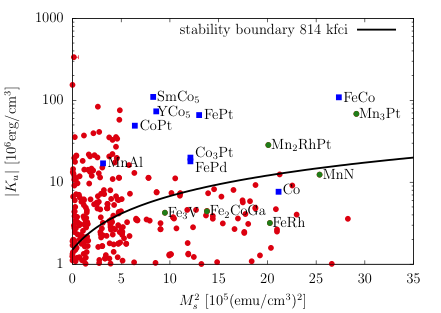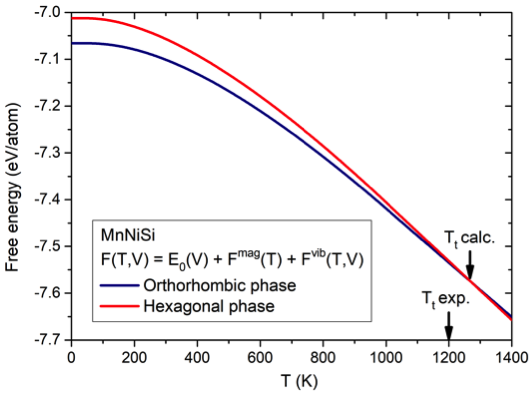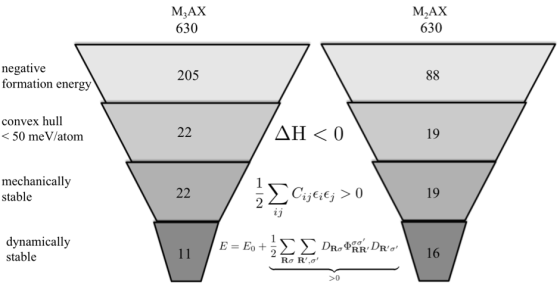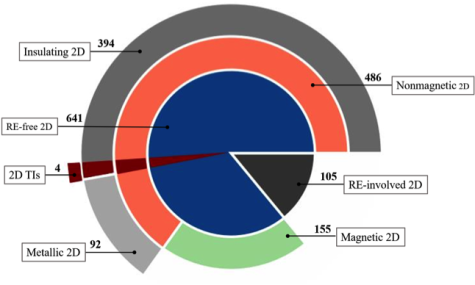Structural distortions imposed on cubic ferromagnets can induce significant perpendicular magnetic anisotropy (PMA) by reducing the crystalline symmetry, and hence enhance magnetic coercivity which is crucial for permanent magnets. It is a difficult task to maintain large enough homogeneous epitaxial strain in metallic bulk systems. In this work, by investigating the origin of PMA in Fe8Nx, we identify a novel route to engineer PMA by nitrogenation, which leads to distortions of both crystallographic and electronic structures.Read on











